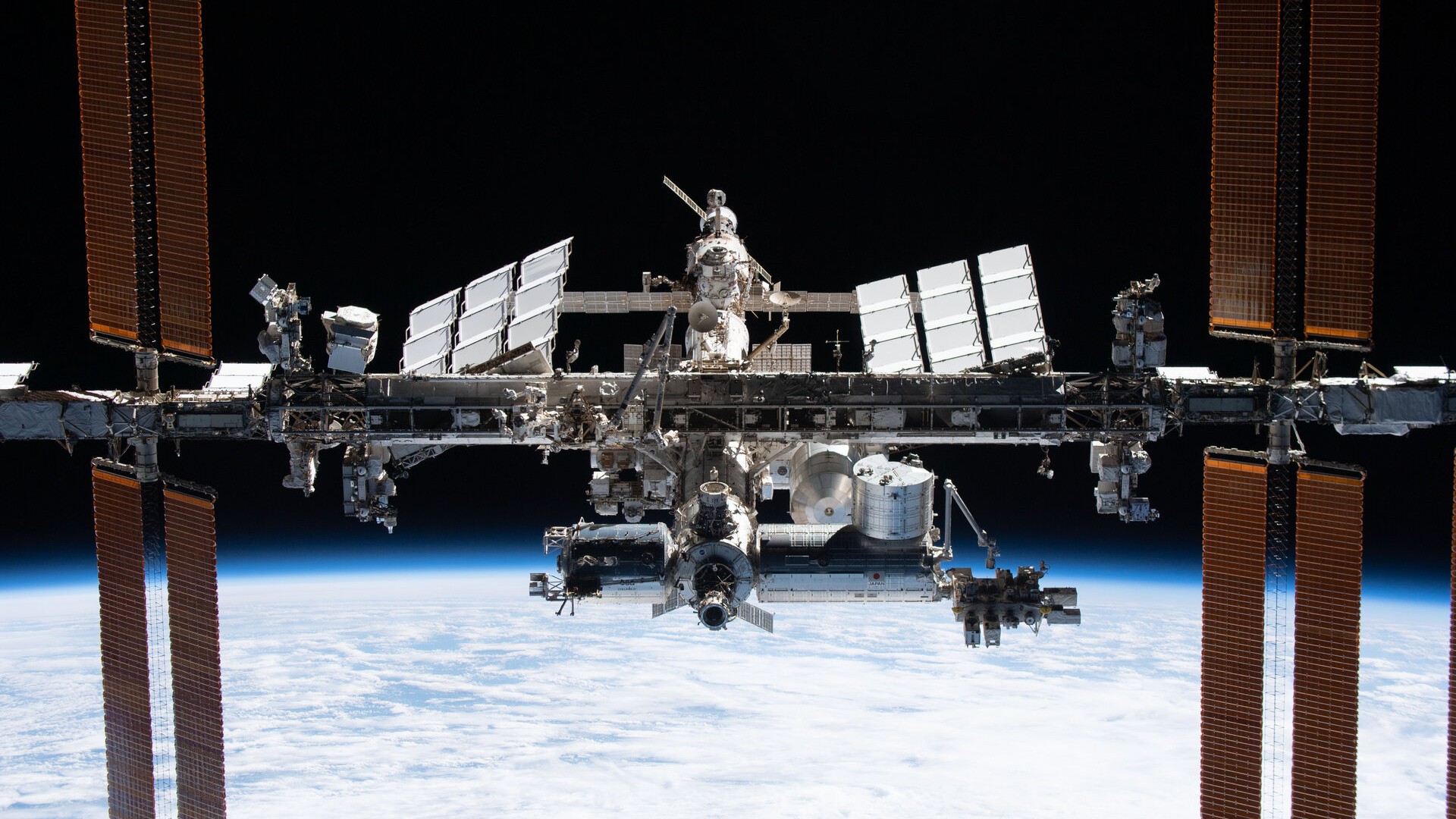
What effects does spaceflight have on an astronaut's heart? This is exactly the question that prompted scientists from Johns Hopkins University to send 48 bioengineered heart tissue samples to the International Space Station, where they were monitored for 30 days and compared to identical samples on Earth.
The team examined how low gravity impacts things like the cells' strength of contraction, known as twitch forces, and any irregular beating patterns.
The results were concerning — the scientists found that heart cells "really don't fare well in space," beating with about half the strength of the control samples on Earth — but not surprising.
Previous studies have found that, after returning to Earth, astronauts exhibit reduced heart muscle function and irregular heartbeats, known as arrhythmias. While some of these effects from space travel fade over time, not all do — and that will have significant implications for long-term space missions, including possible jaunts to the moon and perhaps even Mars someday.
Related: 3D-printed hearts on ISS could help astronauts travel to deep space
Deok-Ho Kim, a professor of biomedical engineering and medicine at the Johns Hopkins University School of Medicine, led the project to send heart tissue to the space station. He and his Ph.D. student at the time, Jonothan Tsui, created the bioengineered heart tissue from human induced pluripotent stem cells (iPSCs).
The cells were grown in "organ-on-a-chip" devices, which are miniature models of different organs in which engineered or natural tissues and cells are grown inside microfluidic chips. In this case, the 3D chip was designed to mimic an adult human heart in a chamber half the size of a standard cell phone.
"An incredible amount of cutting-edge technology in the areas of stem cell and tissue engineering, biosensors and bioelectronics, and microfabrication went into ensuring the viability of these tissues in space," Kim said in a statement.
The team found the space-bound tissue had shown elevated levels of inflammation and oxidative damage; proteins called sarcomeres, which help heart cells contract, had also become shorter and more disordered. These changes are comparable to those observed in people with heart disease.
In addition, the cells' mitochondria, their energy powerhouses, had become larger, rounder, and had lost their characteristic shape. This further suggests the heart cells experienced significant stress or dysfunction in space, likely leading to impaired energy production, which could contribute to the weakened heart cell contractions and overall decline in cellular health observed in the experiment. Such damage could also affect the cells' ability to function properly as a whole.
"Many of these markers of oxidative damage and inflammation are consistently demonstrated in post flight checks of astronauts,"Mair, Eun Hyun Ahn, an assistant research professor of biomedical engineering, said in the statement.
The researchers intend to continue to refine their "heart-on-a-chip" to gather more data that will allow them to determine exactly how this damage is occurring on a molecular level, and thus find ways to keep astronauts safe during long spaceflight missions that might soon become reality.







